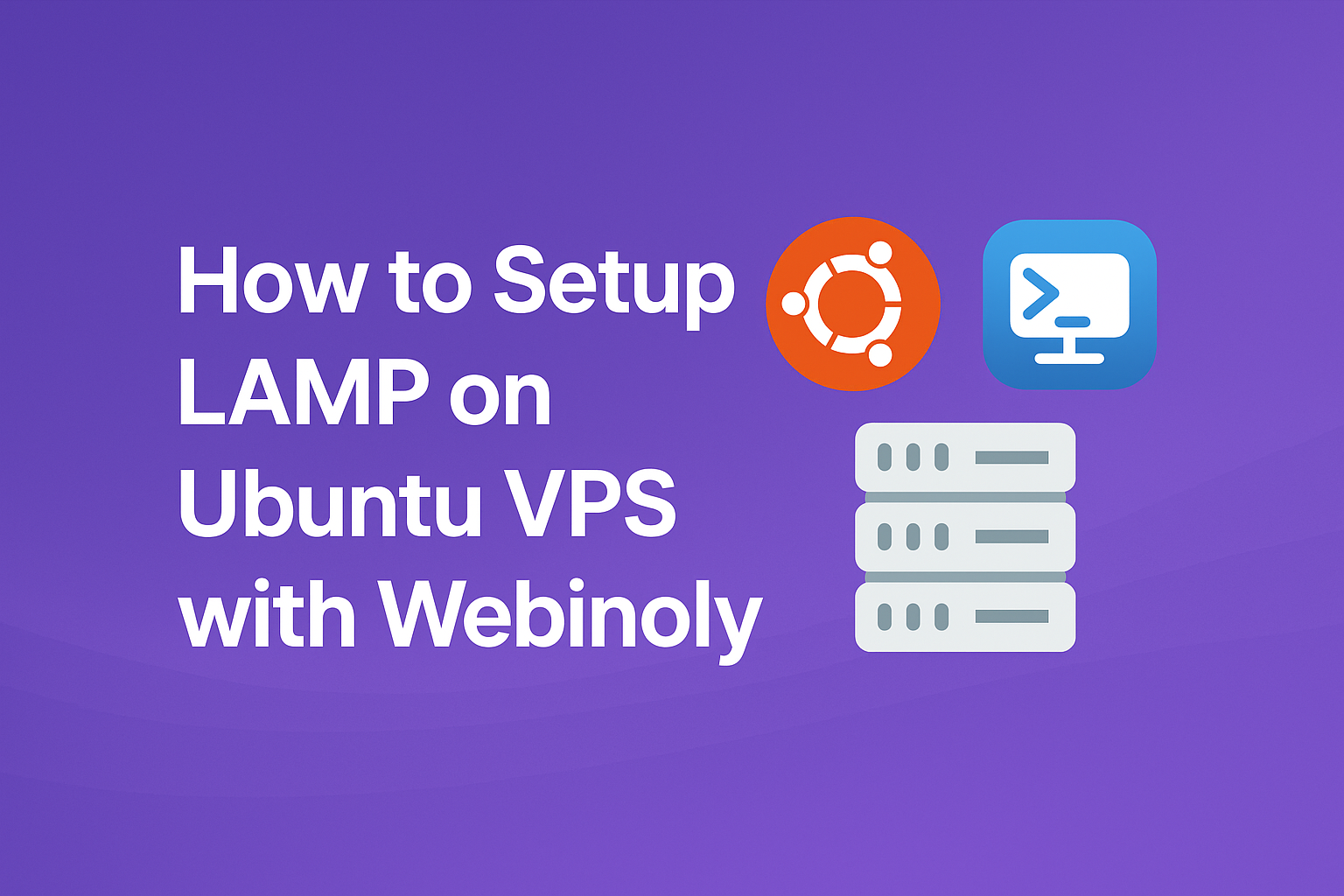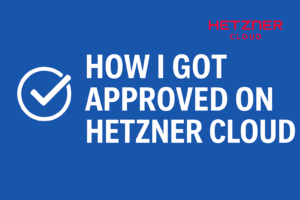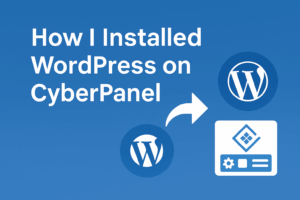When I first started building websites, shared hosting felt like the perfect solution. It was cheap, easy to set up, and didn’t require any technical knowledge. But as my business grew and traffic increased, the downsides became painfully clear. Pages slowed to a crawl, uptime became unreliable, and support usually replied with “upgrade to a higher plan.”
That’s when I decided to move to an unmanaged VPS. Prices had dropped a lot, with providers offering plans for just $5/month. Surprisingly, this was sometimes even cheaper than my shared hosting bill. But unmanaged VPS means you’re on your own—no support for server issues, no one to configure your stack for you.
I tried several solutions:
- cPanel → powerful but license costs were too high.
- aaPanel, CyberPanel, ServerPilot → easier than raw terminal, but over time they became slow, buggy, or limiting. Some even consumed more resources than shared hosting itself.
Finally, I found the perfect balance: Webinoly.
Webinoly doesn’t come with a control panel. Instead, it’s a lightweight, command-line tool that makes managing an unmanaged VPS simple. At first, I was worried because I wasn’t used to working without a panel. But Webinoly’s commands are so straightforward that I quickly got the hang of it. The best part? My websites ran faster and used fewer resources.
What is Webinoly and Why It’s Different
Webinoly is a command-line toolkit designed for Ubuntu servers. It automates the installation and configuration of a LEMP stack (Linux, Nginx, MariaDB, PHP) with performance and security in mind.
Here’s why I prefer it over traditional panels:
- Multiple Site Types Supported:
- Static HTML sites
- PHP applications
- WordPress (with built-in cache options)
- Security Built-In:
- Free Let’s Encrypt SSL certificates
- HTTP authentication for protecting sites or staging areas
- Optimized firewall and permissions
- Lightweight and Fast:
- Uses fewer resources compared to panels
- Runs smoothly even on the smallest VPS (512MB RAM minimum)
- Simple Commands:
Instead of dozens of confusing steps, you get clean, human-readable commands like: - sudo site mydomain.com -wp
Webinoly gave me the control of a VPS without the headache of managing everything manually.
Before You Begin – Requirements and Preparation
Before installing Webinoly, make sure you meet the basic requirements (from the official documentation):
- Ubuntu 22.04 LTS or 24.04 LTS
- Architecture: x86_64 or ARM64
- At least 512MB RAM (1GB or more recommended for WordPress)
Step 1: Choose a VPS Provider
I personally use DigitalOcean because it’s reliable and beginner-friendly. You can start with their $5/month plan, and they even offer a $200 free credit for new accounts.
Other good options: Vultr, Linode, Hetzner, AWS Lightsail.
Step 2: Connect to Your VPS
- On Windows: use PuTTY to connect via SSH.
- On macOS/Linux: use the built-in Terminal.
Example SSH command:
ssh root@your-server-ip
Step 3: Update Your VPS
Always start by updating your packages:
sudo apt update && sudo apt -y upgrade
Installing Webinoly on Ubuntu VPS
The installation process is straightforward. On your VPS terminal, run the following command:
wget -qO weby qrok.es/wy && sudo bash weby
This script installs Webinoly and sets up the basic environment.
Installation Options
Webinoly gives you flexibility depending on what you need:
- Default (LEMP stack) – Nginx, MariaDB, PHP (most common)
- -nginx – Only Nginx, good for HTML sites
- -php – Nginx + PHP, without a database
- -clean – Minimal installation for custom setups
For example:
sudo bash weby -php
After a few minutes, your server will be ready to host websites.
Creating Your First Website with Webinoly
This is where Webinoly really shines. With a single command, you can deploy different types of websites.
Make sure you already pointing your domain to your VPS IP Address before setup your site, you can show step by step here: How to Pointing Domain to VPS using Cloudfalre.
- Static HTML Site
sudo site example.com -html
sudo site example.com -ssl=on
This is perfect for landing pages, portfolio sites, or simple projects that don’t need PHP or a database.
- PHP Site
sudo site example.com -php
sudo site example.com -ssl=on
Ideal for custom PHP apps without WordPress.
- WordPress Site
sudo site example.com -wp -cache=on
sudo site example.com -ssl=on
- WordPress installs automatically.
- Caching is enabled by default for better performance.
- You can toggle cache anytime:
- sudo site example.com -cache=off
Securing Your Website
Enable SSL with Let’s Encrypt
sudo site example.com -ssl=on
This installs a free SSL certificate that auto-renews.
Add User Authentication
Sometimes I need to protect a staging site before launch. Webinoly makes it easy:
sudo httpauth -add
Now you can secure your site with a username and password.
Accessing Files with SFTP
By default, FTP is disabled for security reasons. But if you need file access (for example, to upload themes or assets), enable SFTP:
sudo webinoly -sftp=on
Then connect using any FTP client (like FileZilla) with the www-data user.
My Experience and Tips
After using Webinoly for several months, here’s what I’ve learned:
- Speed: My WordPress site runs much faster than on shared hosting. Even the smallest VPS can handle decent traffic.
- Cost: No panel licenses, no extra costs—just the VPS bill.
- Simplicity: Commands are intuitive, easy to remember. I barely touch configuration files anymore.
- Flexibility: Whether it’s a simple HTML landing page or a WordPress blog, Webinoly handles it all.
If you’re new to unmanaged VPS, Webinoly removes the steep learning curve.
Conclusion
Moving away from shared hosting was the best decision I made for my websites. With Webinoly, I got the speed and flexibility of an unmanaged VPS without the complexity of managing everything manually.
It’s lightweight, secure, and incredibly simple. Whether you’re launching a static HTML page, a PHP project, or a full WordPress site, Webinoly gets you running in minutes.
👉 Ready to try it yourself? Grab a cheap VPS (like DigitalOcean with $200 free credit), install Webinoly, and see the difference.
Your websites—and your visitors—will thank you.




